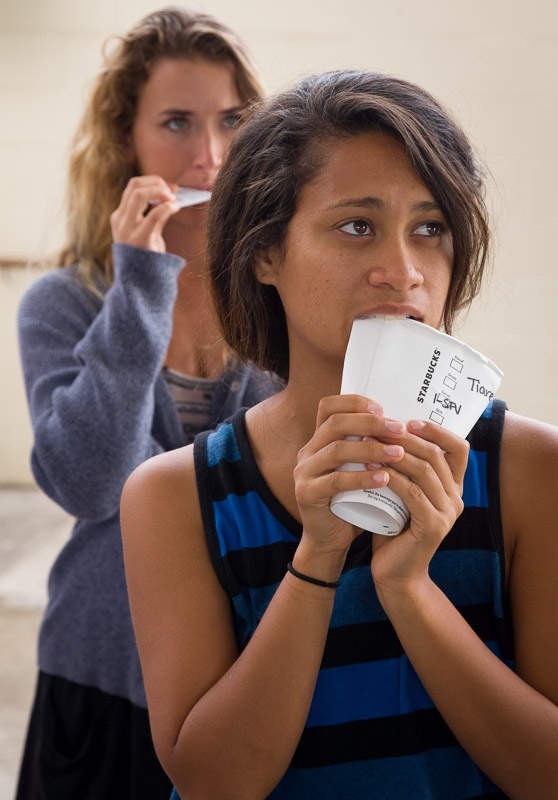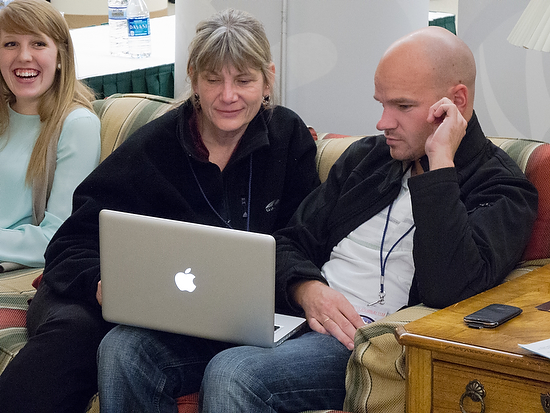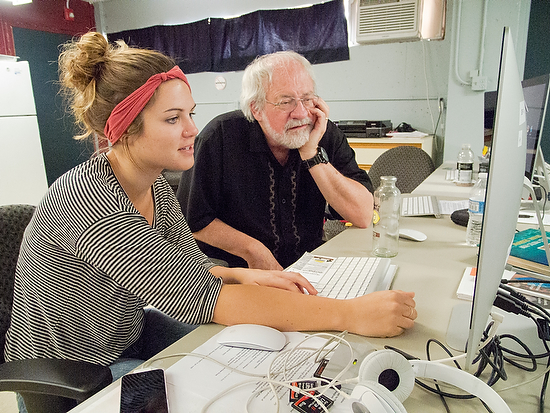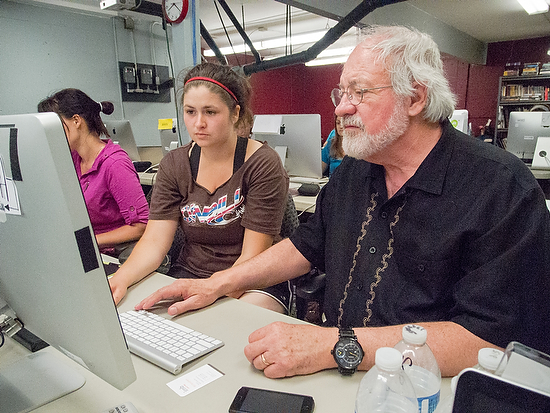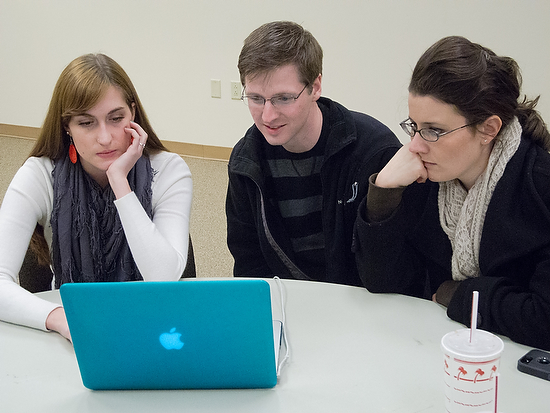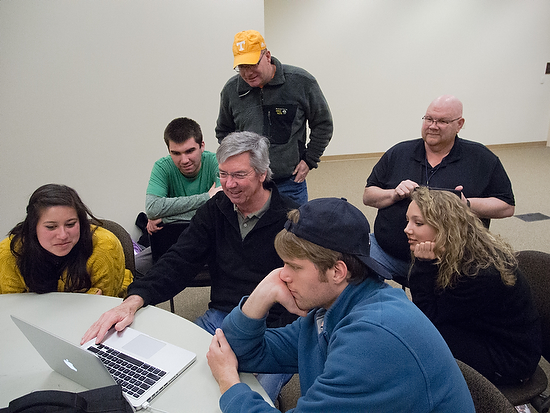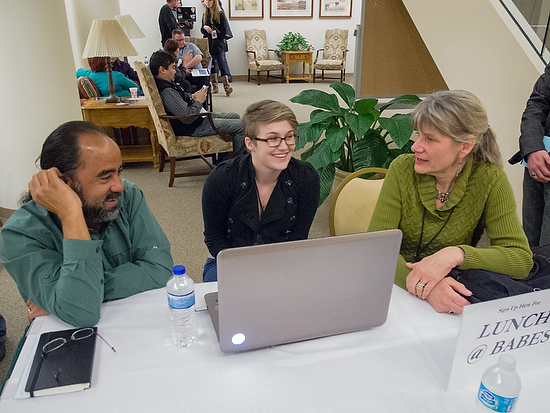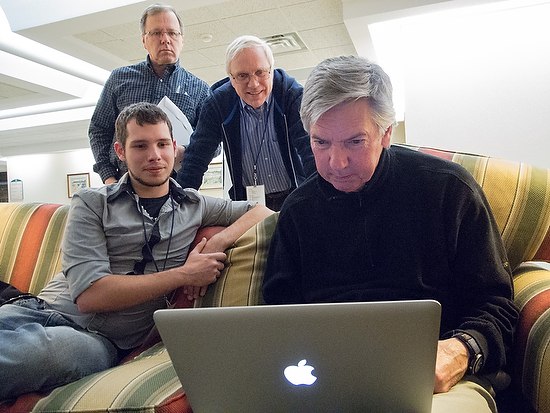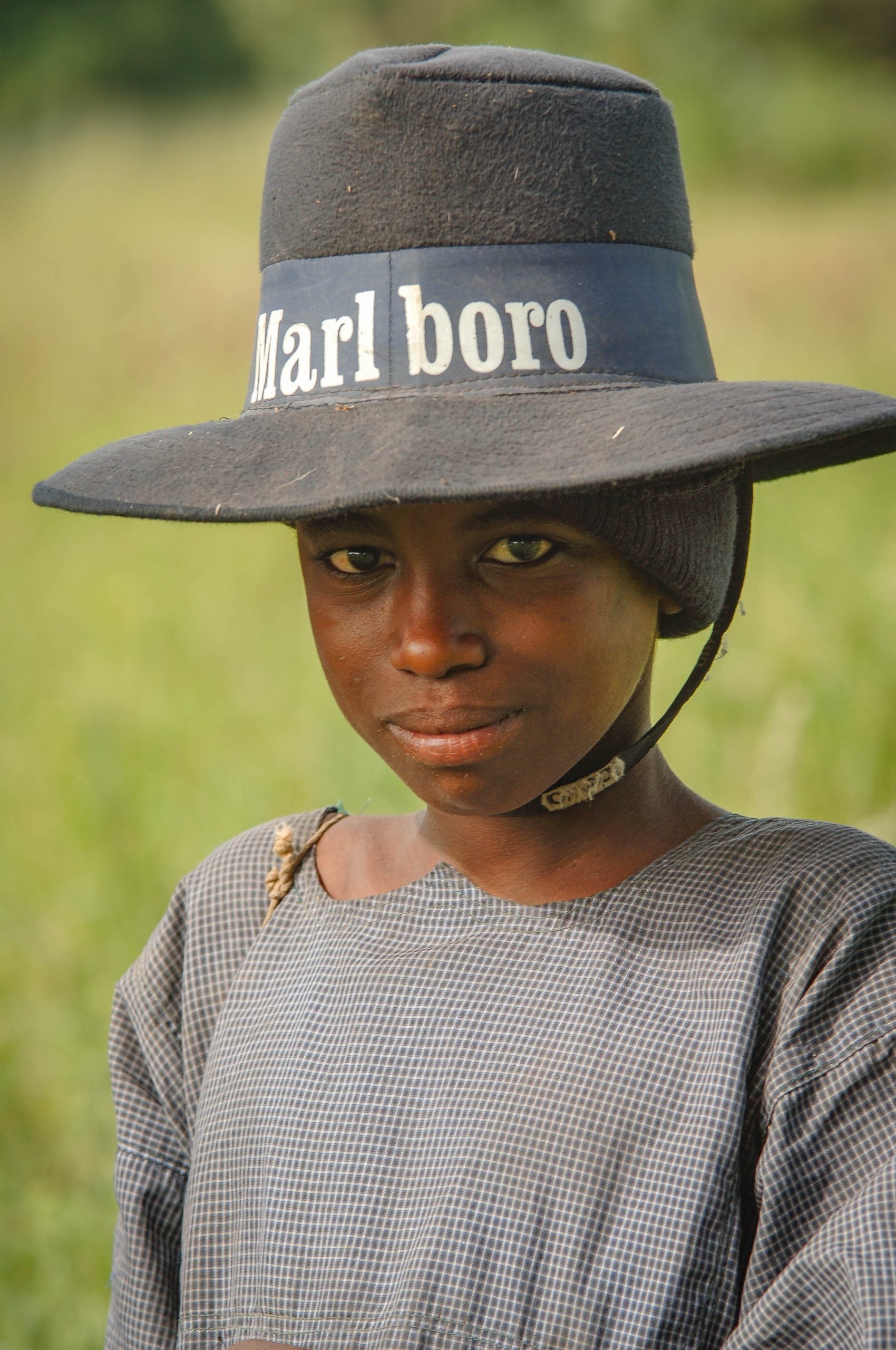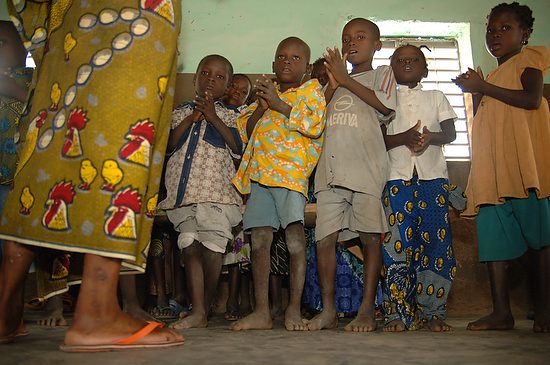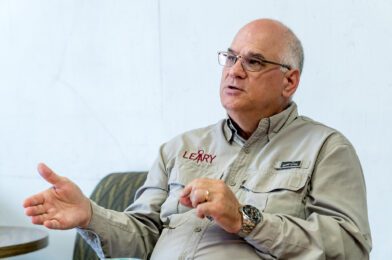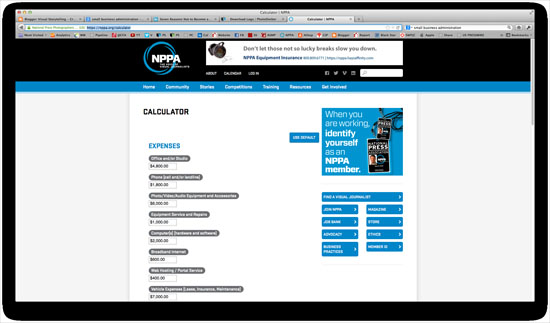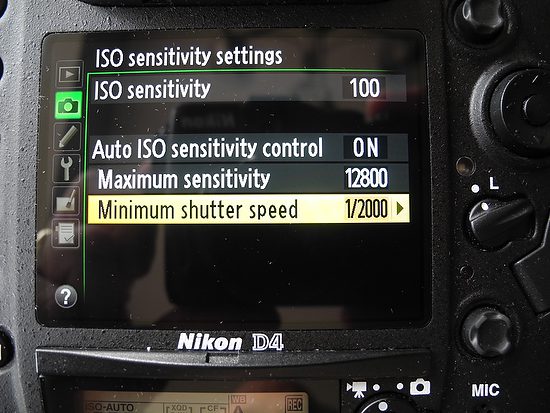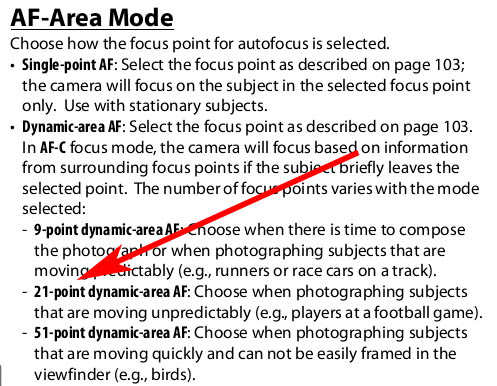 |
| These are just some of the books I have read in the past year. |
You may have heard “you are what you eat,” but I believe that “you are what you read is just as true.”
Read what you want to cover
The photographer needs to become an expert on the subjects they cover. If you work in business then you need to be reading what those in that industry are reading.
If you are covering the faith community, then you need to be up on theology of the groups you are wanting to do work.
If you want to do work for NGOs then you need to be up on the areas that they address.
Osmosis
Osmosis does not require input of energy and therefore this is where most of us start our careers. We start covering what we are already familiar.
For me growing up in a minister’s home where my father was involved with missions means through osmosis I was pretty knowledgeable about Baptist and Missions.
By taking the time out of my life to go to seminary I was able to take my knowledge to a whole new level of understanding. I studied theologians and worldviews which helped me communicate the nuances of faith to the audience.
What I am reading today
I do a lot of work with Chick-fil-A. To know how to help them communicate their story requires me to understand where they are going and not just where they have been.
One of the best places for a photographer to understand what business like Chick-fil-A is going is to attend a conference like Leadercast. Leaders from across the globe will attend this conference to learn how they can be better leaders for their organizations.
It is here that I was introduced to speakers like Patrick Lencioni and John C. Maxwell. I also learned that these leaders were also looking to other leaders like John Wooden, Tony Dungy and
Mike Krzyzewski who are all coaches.
I started reading all the books I could on leadership and how to build teams. I am confident to say that I am well versed now in the field and understand some of the current trends.
This helps me now sit at a table and recommend stories rather than being the person waiting on them to tell me stories they need covered.
Great storytellers recognize a good story
“If I only knew back then what I know now,” has been said by many people. I know it took time for me to be able to understand now without experiences to build upon.
If you spent 30 years of your life telling stories, then you too would be really good at knowing what makes a good story. I continue to recommend to my clients that my greatest asset to them is the creative idea. Once you have a good story idea getting a team to cover it is easy. It is finding the story that takes the most creativity.
Where do good ideas come from?
I would argue that very few great ideas come from the inexperienced. I think overnight sensations are actually 10+ year careers that finally bloomed.
When I get a great idea today it is because I am referencing something else in my brain from a history of stories I have covered, things that I have read and from experiences I have had. It is not from just hearing something fresh.
Steven Johnson: Where do good ideas come from?
[youtube https://www.youtube.com/watch?v=NugRZGDbPFU]
I really recommend watching this 4 minute video to understand the framework for why I believe you need to expand your horizons for your business to grow.
The four minute video is a condensed version of the already condensed presentation Steven Johnson made a the TED Conference. Now I recommend you really watch this to understand how he came to the refined 4 minute package.
http://embed.ted.com/talks/steven_johnson_where_good_ideas_come_from.html
Steven Johnson is the best-selling author of six books on the intersection of science, technology and personal experience. The whole idea that we have these “eureka” moments is not by chance, but rather the colliding of ideas.
Living in Isolation
I believe that the more you isolate yourself the better the chances are for failure if you are in business.
It has been said that in business there are the 1) innovators, 2) imitators and 3) idiots.
The innovator is someone who is having “eureka” moment and has put together a few tidbits to get an edge on the competition.
The imitator is someone who recognizes change and adapts quickly and therefore their clients are benefiting as well.
The idiot is someone who decides to try and follow the well worn path only to find now it is now just a commodity making it difficult to make a profit.
Read, Get Out & Network
If you are struggeling with your business, then I have three recommendations.
Find some books that are trending in your area of interest that you want to photograph. These are not books on photography, but rather on the subjects. Besides reading them find someone or a group to discuss these topics with and get you to dive deep into the subject.
Get out and find a place to socialize. Maybe it is the local coffee shop and it will require you to do more than order your coffee and sit in the corner. Start a discussion group on one of your books is one way to get out there.
Find some groups to network with in your community. Hopefully this could be on what you like to cover with your camera. Join an association and go to their meetings and mixers.
Still not successful
If you are one of those people doing everything I suggested and you are still having trouble, maybe you are one of the idiots. Not trying to insult you, but think about it. Are you one of 100 photographers standing on the sidelines of a major sporting event wondering why no one is buying your stuff? There are only about 20 or so outlets for those 100 photographers. The market is saturated.
Find the market where you are not one of many photographers and there you will have found a potential gold mine.










